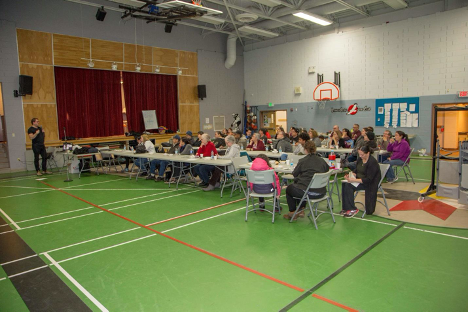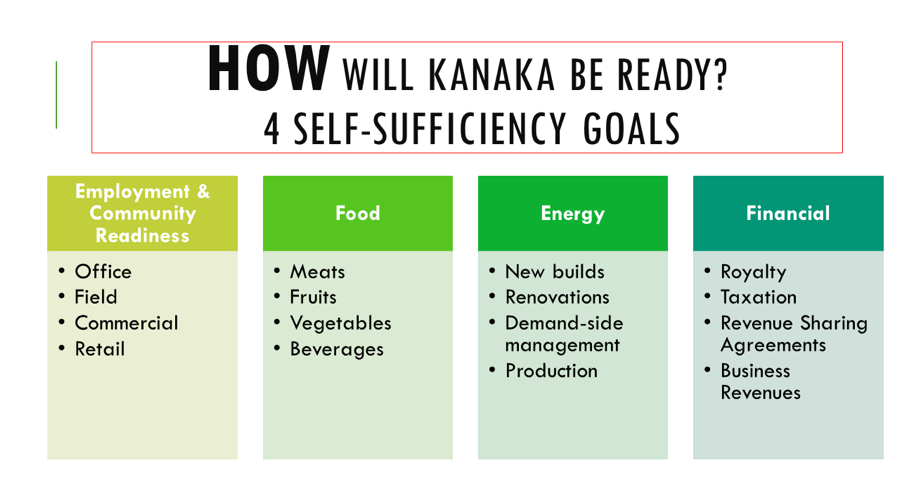The Power of Natural Capital
Adapting to the impacts of climate change requires a “systems thinking” approach. This is especially true given the non-linear nature of these impacts. Over the last two years, the IRTC (Interlake Reserves Tribal Council) climate project has reported on how these impacts have caused displacement and continue to threaten sources of livelihoods. While adaptation strategies have been largely focused on infrastructure engineered solutions, nature-based solutions (NBS) provide a more sustainable approach to combating the threat of climate change.
Benefits
These natural capital – including peatlands, forests, mangroves, wetlands, savannahs, coral reefs and other landscapes – can provide a wide range environmental, economic, and social benefits, when projects are developed (or co-developed) and led by First Nations. For instance, without mangroves, it has been estimated that more than 18 million people worldwide would experience coastal flooding. Furthermore, the First Nations carbon collaborative further gives an insight into the opportunities and challenges that NBS presents.
Using the power of natural capital, NBS can help reduce greenhouse gas emissions and in adaptation efforts. This process involves restoring, protecting, and managing ecosystems that are critical in the prevention of biodiversity loss. The International Union for Conservation of Nature describes NBS as “actions to protect, sustainably manage, and restore natural or modified ecosystems, that address societal challenges effectively and adaptively, simultaneously providing human well-being and biodiversity benefits.”
In addition to the primary benefit, NBS provides a wide range of co-benefits. For example, deploying NBS in flood management can reduce flood risk, improve water quality, and aid in nutrients sequestration. Engineered solutions (dykes, floodwalls, and levees, for instance), on the other hand, provide a single benefit and often require long term maintenance.
Within our communities, discussions on nature-based solutions are happening. These discussion stem from our stewardship laws and principles – principles that have been passed down from generation to generation.
These guiding principles include making offerings to the land when hunting or gathering plants and harvesting only the necessary quantities of resources to avoid depletion and improve conservation efforts.
Within the context of our lived reality, NBS can complement more traditional engineered solutions, according to community members. Due to its potential benefits, community members have expressed the need to advance NBS around the Interlake region. However, there are barriers to indigenous participation in NBS.
These barriers are rooted in the systemic exclusion of our communities in environmental governance and management – and underpins some of the environmental challenges we currently face.
Part of this, according to a 2018 report on indigenous led conversation, stems from the fact that: “Indigenous worldviews differ fundamentally from the philosophies that guide many Crown-protected areas, where conservation is achieved by restricting activities and limiting access. In Indigenous worldviews, conservation is achieved when the relationships and uses that have conserved the lands and waters for thousands of years remain intact or are re-established.”
Notwithstanding, conversations with community members suggests that these challenges can be surmounted. What, then, is the way forward? In part 2, we’ll explore some of these.
Blog by: IRTC (To learn more about IRTC, visit https://irtc.ca)
(Image Source: IRTC)




